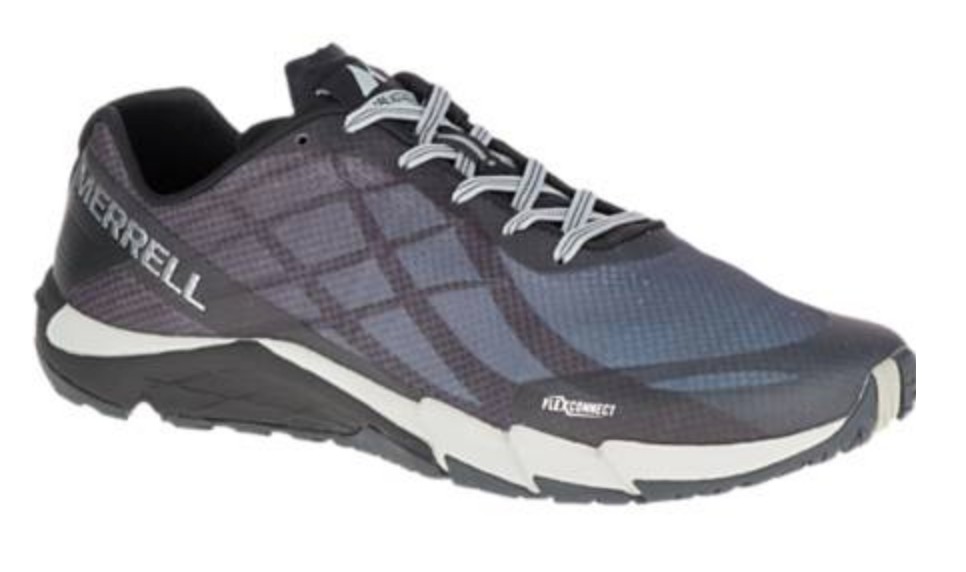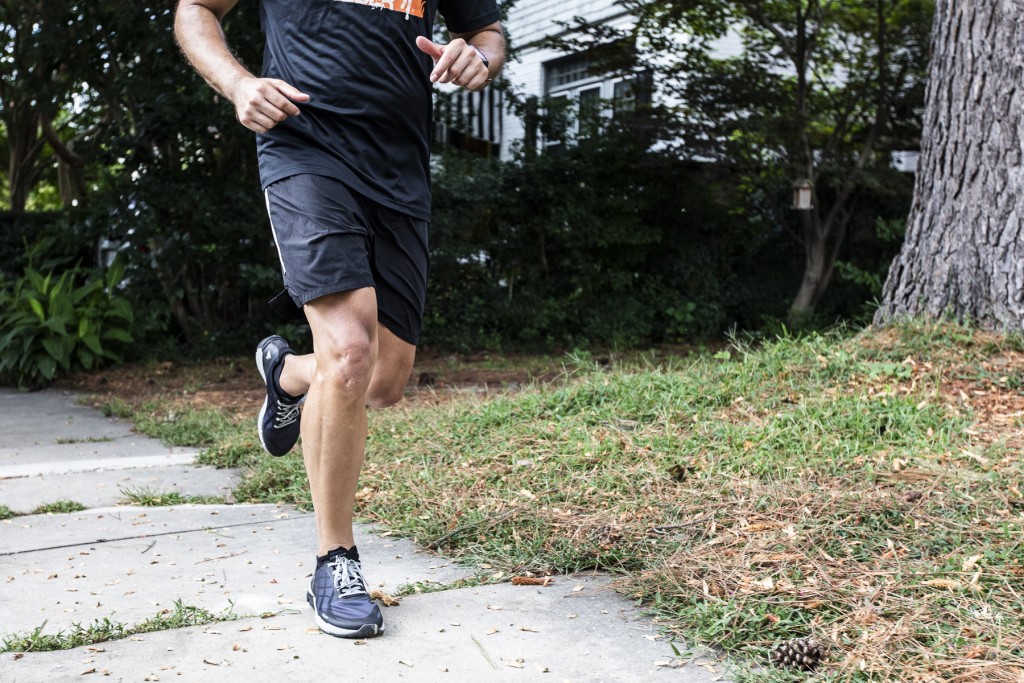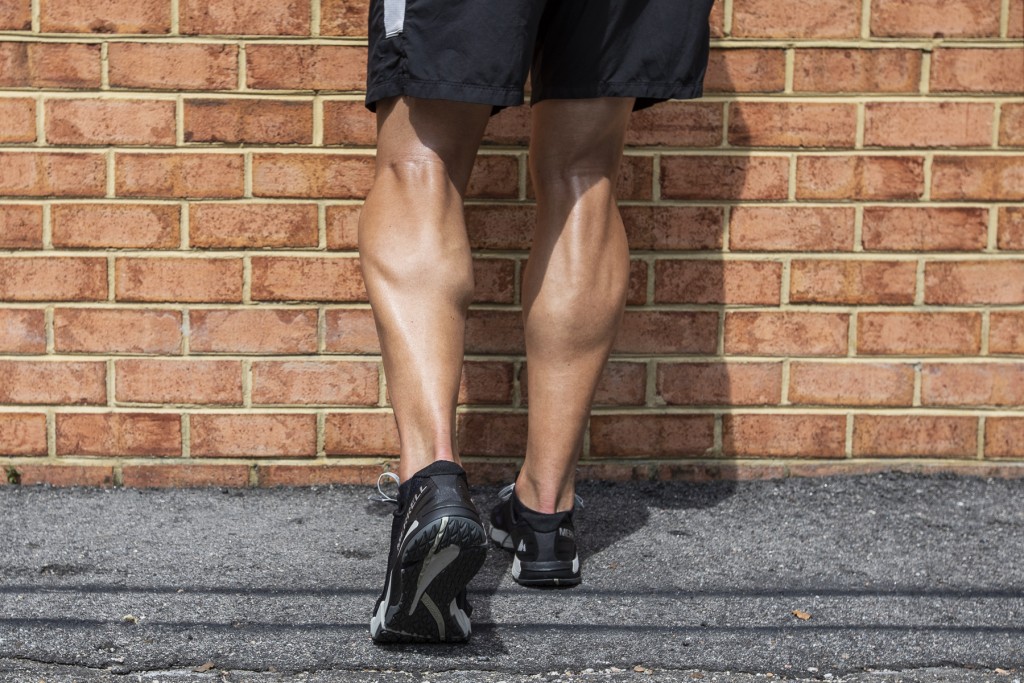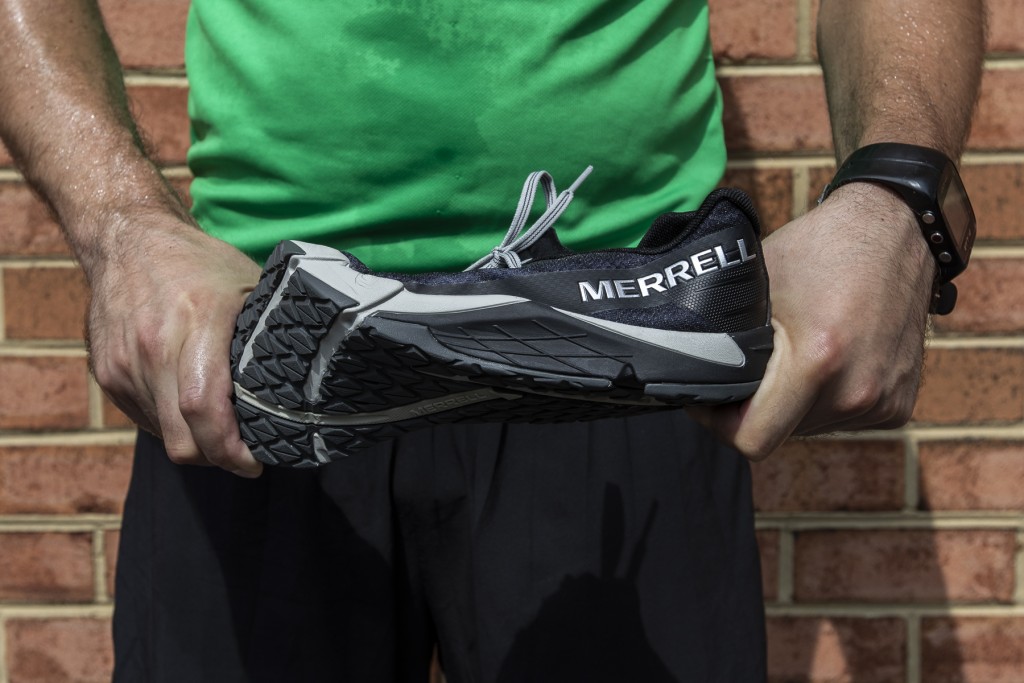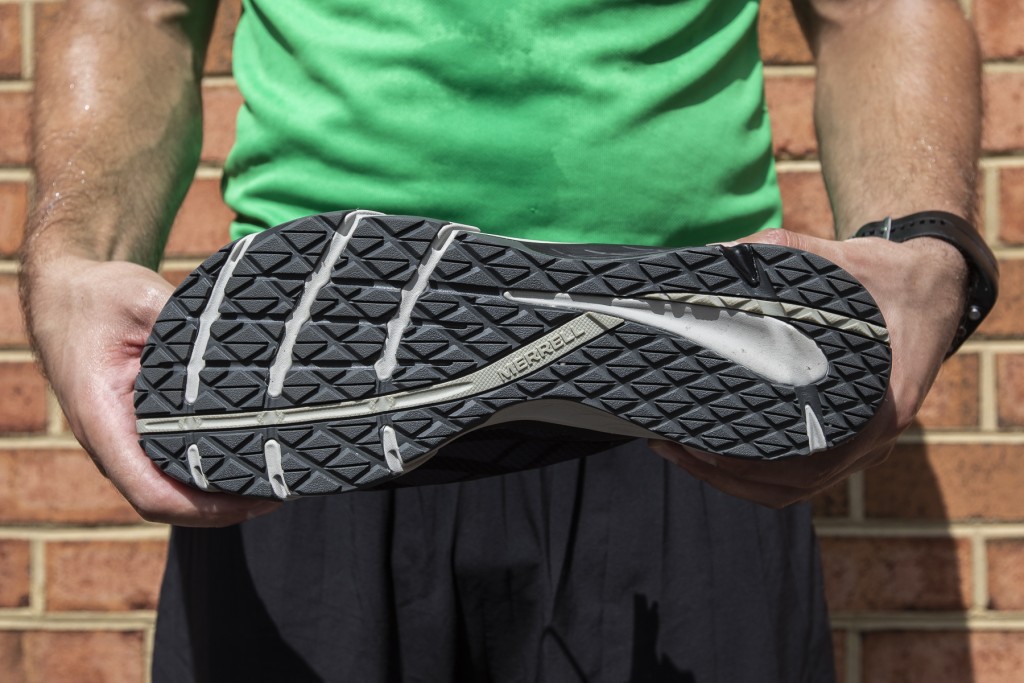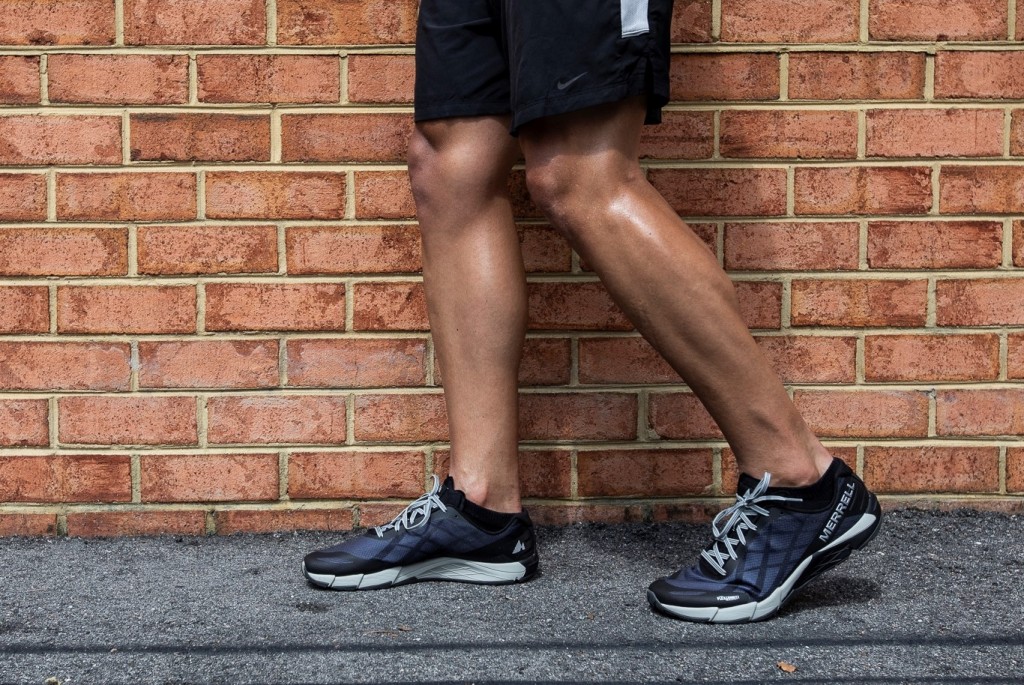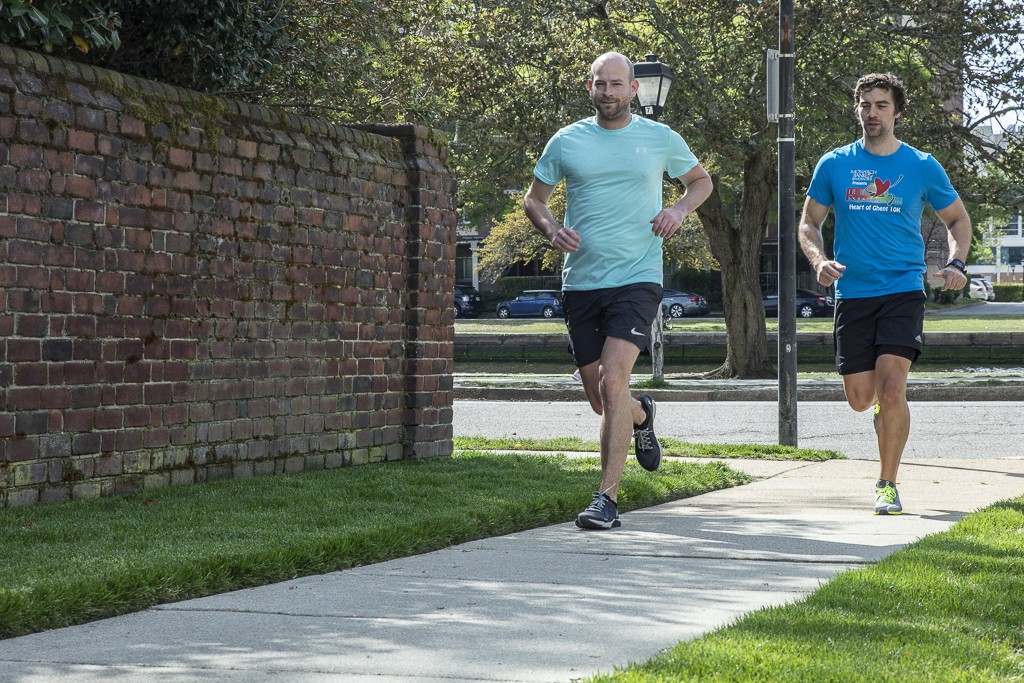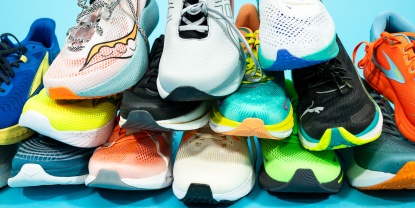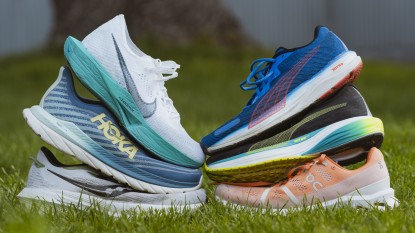Merrell Bare Access Flex Review
Our Verdict
Our Analysis and Test Results
We had a good time in the barefoot-style Merrell Bare Access Flex, but they weren't all fun and adventure. We spent hours trotting around and pacing, figuring out the best terrain, pulling at the threading and corners, and researching materials, design, and complaints so we could find the best attributes and notable weaknesses. We broke them down across 6 measures and assigned them weighted scores, then compared them to other top shoes on the market. Take a look below to see if they might be right for you.
Performance Comparison
Responsiveness
Not all runners need their shoe to be responsive, but it tends to help when they are. The Bare Access is not a shoe that could be called responsive. It had a few things going on for this measure. The first is that the integrated EVA footbed and EVA midsole atop the M Select™ GRIP+ outsole makes for sole with flexibility, but no give or return, so energy tends to get sapped in the landing and push-off. The other major issue is in the zero drop barefoot design, which uses an arch support structure, which blocks the foot's natural forward roll, which interrupts the gait and further saps any energy that would have gone into the toe-off.
For those looking for more responsive running shoes, take a look at the Best Bang for the Buck winning Under Armour Charged Bandit 3, which uses a thick compression molded foam midsole to get its excellent rebound. Our Editor's Choice winner, the On Cloud X, uses hollow EVA cuboids or pods for its excellent bounce-back. Out in front of the pack here is the Hoka Elevon, our Top Pick for Stability. It uses a super thick, firm midsole to kick back more than the rest. If you're looking for exceptional responsiveness, this is the shoe to try.
Landing Comfort
This was not exactly the strongest suit for the Merrells. Their FLEXconnect™ dual directional flex-groove EVA midsole is downright hard. What's more, the integrated footbed uses an aggressive arch design. The excessive arch support makes it feel like the heel actually sinks lower than the toes, making the zero drop feel more like a negative drop. The support structure also rubs the underside of the ball of the foot and quickly causes blisters, not to mention the disruption of form and potential damage to the foot and knees. We think this design might be great for some feet, but our reviewers certainly struggled with it.
For those with incompatible feet, there are a lot of other good alternatives. For fair crossover shoes that need to hit the trails and the road, we suggest taking a look at the New Balance Minimus 10v1 - so popular New Balance re-released the original design. If you're looking for a more traditional running shoe, the Nike Pegasus 35 uses a thick, plush midsole to come by their excellent performance. Another high-flying option is the Brooks PureFlow 7, which also uses a plush midsole for its soft landing and won our Top Pick for Lightweight Racing Flat.
Weight
One area where the Merrells really kick tail is in weight. They're lighter than even the New Balance Minimus 10v1, one of the most popular minimalist models on the market. A pair of men's 11 come in at just 15.8 ounces. A low stack height of just 14.2mm is a contributing factor, as is the porous EVA midsole and integrated footbed.
If you absolutely must have the lightest shoe out there, stop looking, you've found it. Not many shoes out there are lighter than these, but there are light shoes that might better suit your needs. These are a good base, but they need a bit more work before they're ready to compete out on the market. If you're looking for super light trail or cross shoes with a comparable profile, check out the Minimus. If you want the extra midsole and a bit more of a traditional shoe, try the PureFlow 7 or the uniquely designed On Cloud X.
Durability
As we noted in the previous section, these might not be ready for prime time just yet. There were numerous complaints about upper material breaking down, midsole squeaks and creaks, and threading or mesh deterioration. The bright spot is that the outsole is tough as nails, so you should be good out on the trails if they fit your foot shape.
If you want a shoe that will outperform in endurance out on the trails, we suggest looking at the Minimus again. If you'll spend most of your time out on the road and want something with zero or limited drop, check out the On Cloud X. If you don't mind a bigger drop, try the Charged Bandit 3.
Upper Comfort
This is unfortunately not an area where these shoes excel. The upper runs a bit large, making the rest of the shoe feel floppy and giving it the same slipping feeling as the Altra Escalante 1.5. It also has pretty excessive arch support. The high support makes it feel like the heel actually sinks lower than the toes so the zero drop feels more like a negative drop. The arch support also rubs the underside of the ball of the foot and quickly causes blisters, not to mention the disruption of form and potential damage to the foot and knees.
It's billed as a barefoot shoe, but it's not especially barefooty. The integrated footbed seems to limit bounce, but also disrupt the natural responsiveness of the ground, like running with something between a flip-flop and a 2x4 loosely tied to your foot. But again, they're easier to appreciate over rough terrain.
If you're after comfort, you'd be better off looking at the On Cloud X if you want a natural fit with limited padding. If you're interested in something plush and super padded, check out the Brooks PureFlow 7.
Breathability
They did quite well in this measure. Their thin mesh lining easily pulled moisture out of the sock and inside while the thin padding prevented moisture and heat from being retained. These qualities made them a lot easier to take out on both hot runs and muddy trails. They also did well on cool mornings where more breathable shoes tend to let your toes freeze off in mid-spring when those random snowstorms blow through.
Should you decide that you need a more breathable shoe, you have options. The rivaling Minimus 10v1 have much less padding and larger gauge mesh that allows it to dominate the measure. A bit lower sits the PureFlow 7, which also uses a good deal of mesh and limits its padding for a more breathable shoe. Alongside it is the On Cloud X, which uses a finer mesh across the upper for moisture and heat dissipation, but its padded collar retains a bit of moisture and heat. If you want the minimalist experience, go with the Minimus. If you want that feel, but need a bit more shoe, try the Cloud X. If you want to run around in luxury and comfort, look at the PureFlow 7.
Best Applications
Runners looking for a barefoot-style shoe that will hit both trails and road should be happy in these if their foot fits the design.
Value
The Merrells come in at a much more affordable price than most of the other high-performance shoes in our bunch, but the caveat is that the shoe's design tends to be much better suited to a small subset of foot shapes. If yours is part of that small group, the $90 will be worth it to you.
Conclusion
These kicks might be something of an acquired taste. They are good for crossing between road and trail and have lots of room to spread out. They can have a more natural feel and they're certainly crazy light, but they have some drawbacks too. Their design tends to chafe and maybe even take some wind out of the sails with their aggressive arch support and dense sole, limiting responsiveness. All in all, they have the potential to be good running shoes for the right foot, but be sure to check the return policy in case you're not the owner of such a foot.


